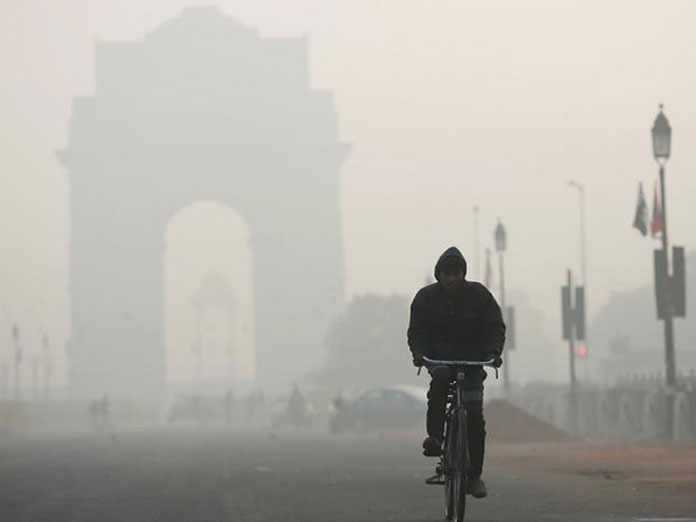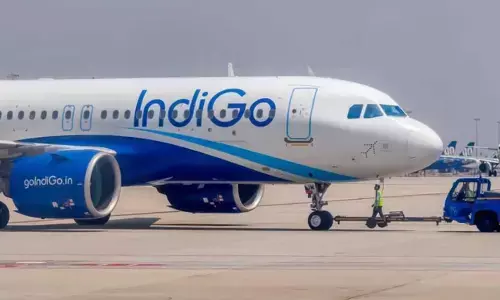Delhi gasps for breath again as air quality dips to "Very Poor"

After a few days of respite, the overall air quality index AQI again deteriorated to very poor category on Sunday in the national capital after the level of harmful pollutants shot up
After a few days of respite, the overall air quality index (AQI) again deteriorated to 'very poor' category on Sunday in the national capital after the level of harmful pollutants shot up.
According to Centre-run SAFAR, Delhi's AQI was docking at 382 in the morning. At Dhirpur, the AQI was 423 at 9:30 am, while in Mathura Road area it dipped to 'hazardous' category at 416.
Furthermore, the AQI near Pitampura, Airport Terminal 3 and Delhi University stood at 429, 452 and 454 respectively.
The India Meteorological Department has predicted that the weather in Delhi will mostly be foggy, with highs and lows reaching 23 Degree Celsius and 9 Degrees Celsius with haze and mist in the air.
Due to the foggy weather, at least 9 trains were rescheduled after getting delayed by at least 2 hours.
The trains -- Guwahati Express, Bhagalpur Express, Bhagalpur- Anand Vihar Garib Rath were delayed by 3 hours each.
Owing to low visibility, the railways delayed Puri-New Delhi Purushottam Express, JayNagar-New Delhi Swatantra Senani express , New Jalpaiguri-New Delhi Express by 5 hours, 4 hours and 2 hours 30 minutes respectively.
People residing in Delhi have been advised to restrict outdoor activities, especially those having breathing issues. While light showers early this week brought brief respite, the situation still remains bleak.
Apart from vehicular and industrial pollution, practices like residue crop burning and use of bio-mass, such as cow-dung, wood and coal also aided to air pollution. With a large population relying on these practices, efforts to curb the menace of pollution need stringent measures.
On the contrary, India's neighbour, China is making progress in this regard and has seen significant improvement. In 2013, the Chinese government identified the major pollution regions such as Hebei, Tianjin, and Beijing and set up specific pollution reduction targets and rolled out ten measures for the proper implementations of the regional action plans. Moreover, the government also fixed the quota of a total number of vehicles in its state to 6 million in 2017. From the past couple of years, as much as 4022 hectares of land has been transformed into green spaces. It also has a target of reducing coal consumption by 80 per cent by 2020.




















